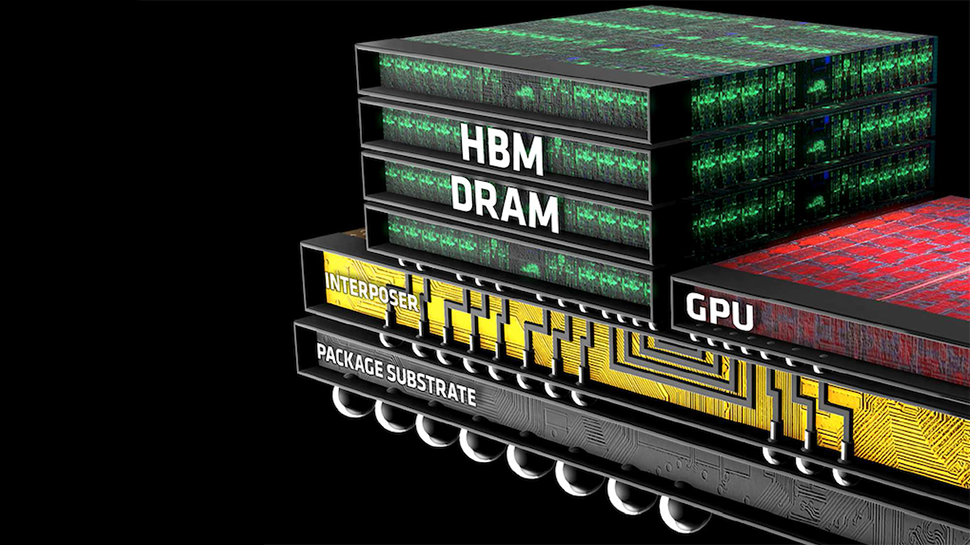
Today, TrendForce shed some light on the future of high bandwidth memory (HBM) technology and HBM4, specifically, which is expected to debut in 2026. This upcoming technology promises to extend its interface to 2048 bits and substantially change the architecture. TrendForce claims that HBM4 will significantly depart from traditional standardized DRAM technologies to more customized solutions.
HBM4 will be the first to use a 12nm logic process technology for its base die, which foundries, not DRAM makers, will now make. This development will be a collaborative effort between foundries and memory suppliers, which essentially means a symbiotic relationship to advance high-speed memory technology. The increased performance and enhanced feature set of HBM4 are tailored to meet the demands of future processors for artificial intelligence (AI) and high-performance computing (HPC) from key industry players such as AMD, Nvidia, and Intel.
The shift towards customization in the HBM4 market is a crucial aspect identified by TrendForce. This deviates from the traditional, standardized approach of commodity DRAM, which signifies a major shift in the industry. Buyers are increasingly seeking custom specifications and are exploring innovative options, such as stacking HBM directly on top of the system-on-chips (SoCs).
This trend towards customization is expected to bring new design and pricing strategies to the HBM industry. As memory technology becomes more specialized and tailored to specific needs, it paves the way for a new HBM technology era characterized by innovation, specialization, and a departure from the one-size-fits-all approach today. This evolution in HBM4 and beyond indicates a dynamic and rapidly advancing landscape in high-speed memory technology.
Another standout feature of HBM4 is its transition from the current 12-layer (12Hi) stacks to more advanced 16-layer (16Hi) stacks, increasing memory module capacity. This transition, expected to be completed by 2027, will necessitate using new hybrid bonding techniques to increase layer count while maintaining the integrity of the memory stacks.
But while HBM4 will revolutionize the memory market, it is still years away. As a result, HBM3E is going to have quite a long lifespan.







